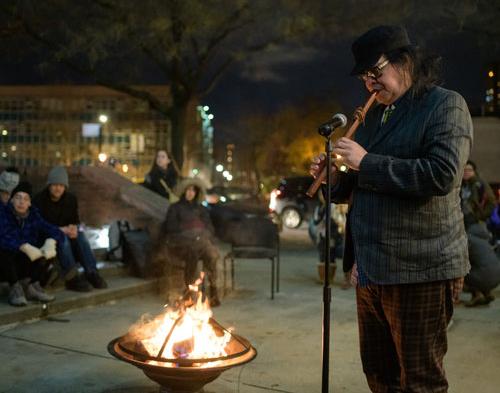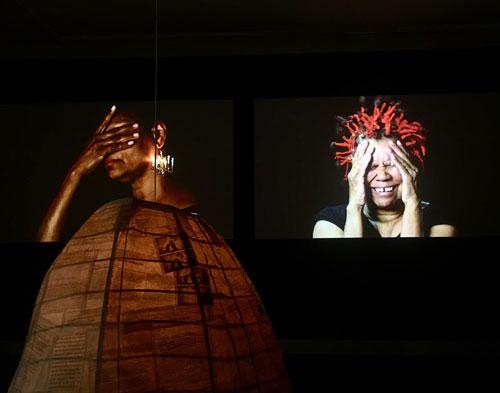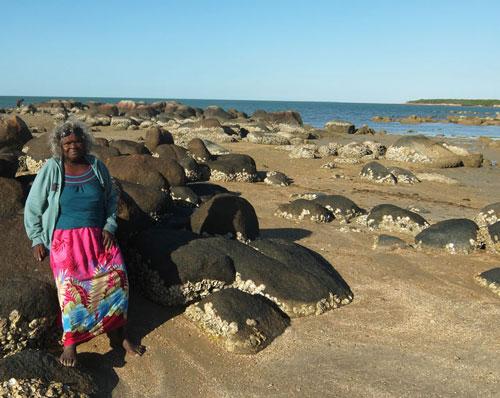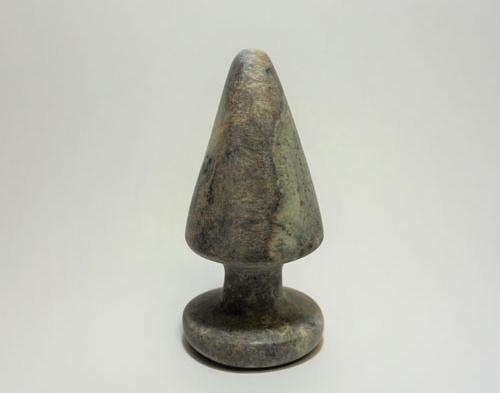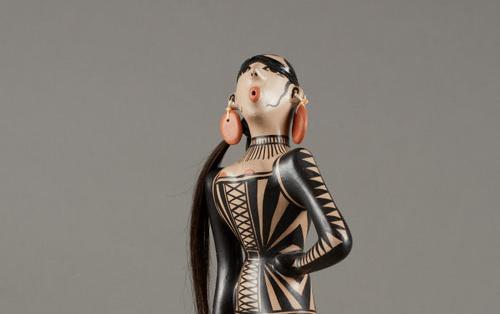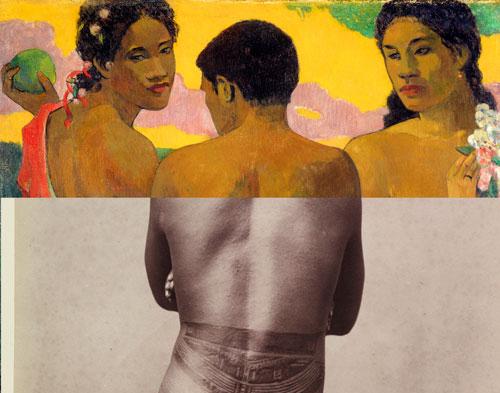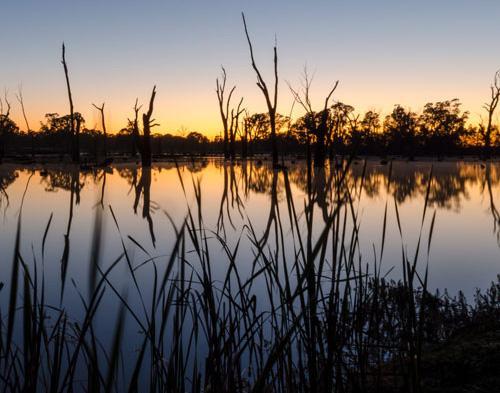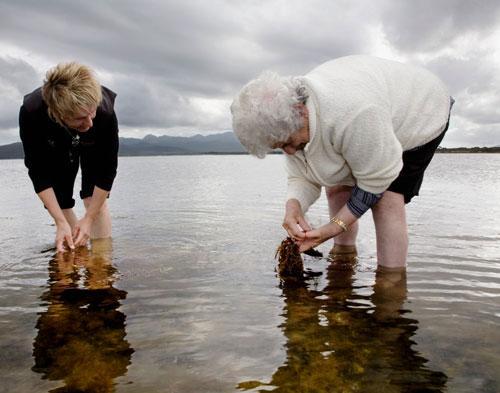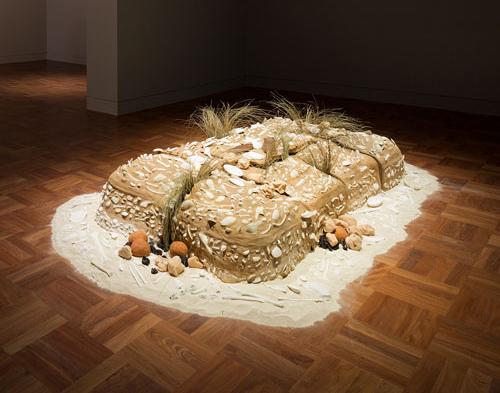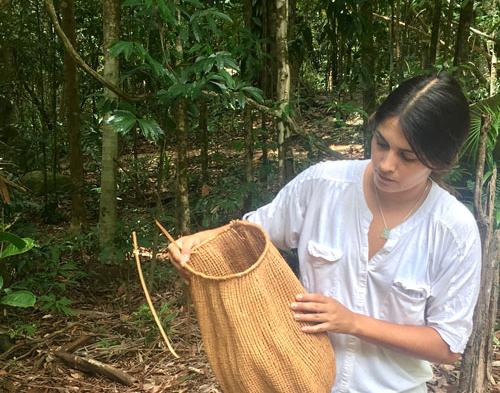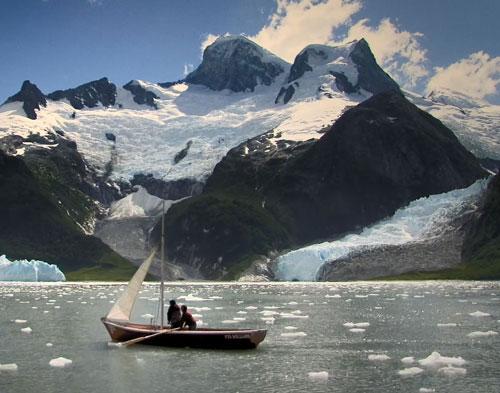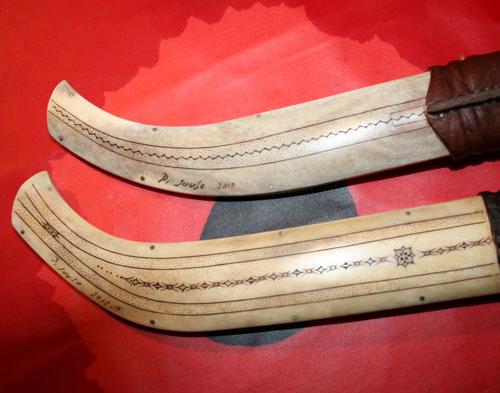Looking for murnong
We live in the country of people from the land of the volcano. Jaara Jharr, the country of the Jaara Jaara, Lou Bennett’s people. This land is vibrant, ancient, dynamic and powerful. Our home in Malmsbury sits on ancient volcano plains, where basalt, sandstone, quartz, granite, and tachylyte cushion our every step. Boitchedjina, the soft instep of the foot pressed against Lar, the word for tachylyte, or volcano iron glass or obsidian, important to the Jaara people. Lar is also the root word for home in Dja Dja Wurrung. Ancient volcanoes stand proud, rising from the basalt plains. This country, Jaara Jharr, a country of constant change, movement, and creation, like our languages, never sleeps.

